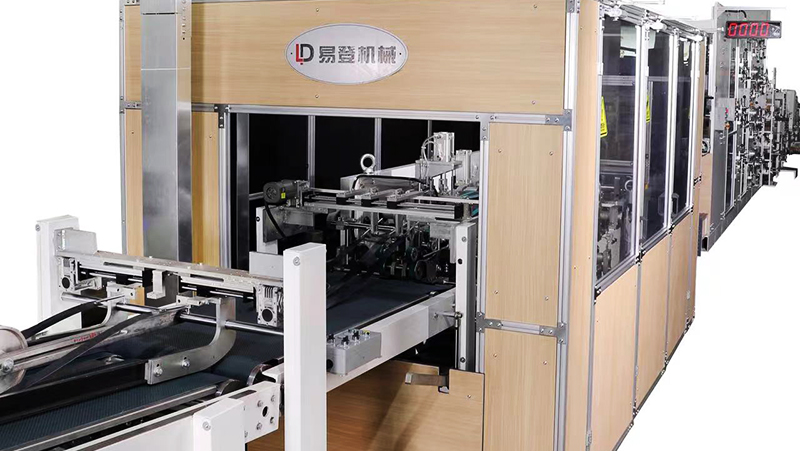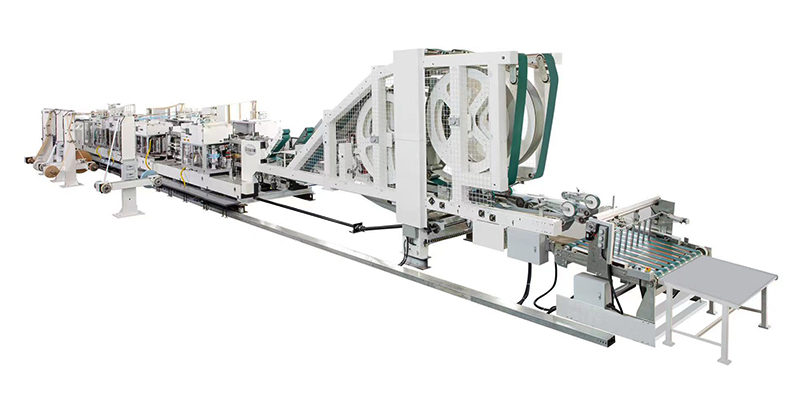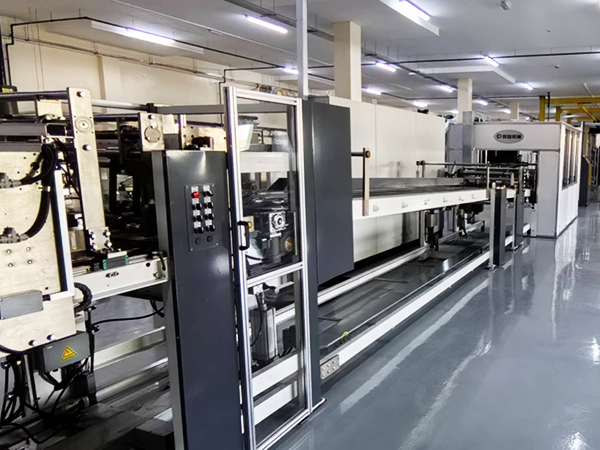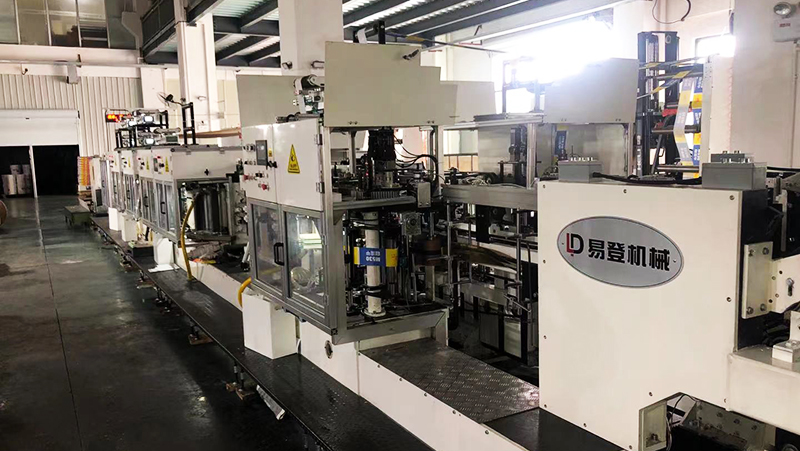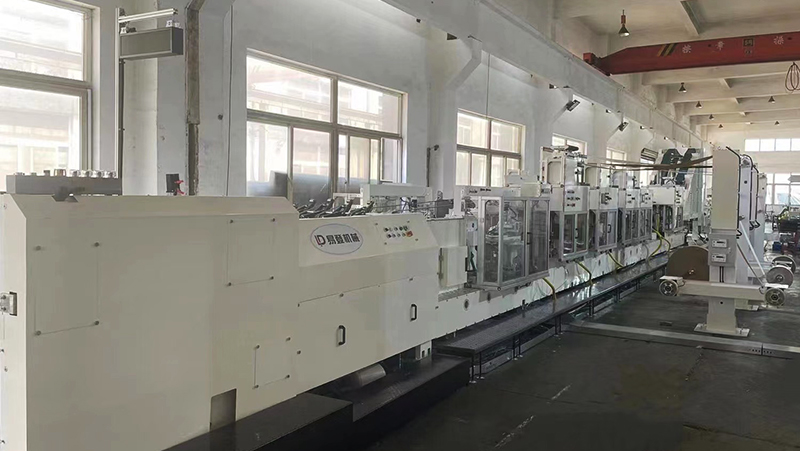Paper bags manufacturing machines are specialized equipment designed to automate the production of eco-friendly, durable paper bags. As sustainability becomes a global priority, these machines play a critical role in meeting the rising demand for recyclable packaging solutions. This article explores the functionality, technical specifications, and advantages of modern paper bags manufacturing machines, providing insights into their applications across industries.
1. How Paper Bags Manufacturing Machines Work
A paper bags manufacturing machine streamlines the conversion of raw paper materials into finished bags through a series of automated steps:
- Unwinding & Printing: Rolls of kraft or recycled paper are fed into the machine, where flexographic printing units apply custom designs.
- Lamination & Reinforcement: Optional layers (e.g., handles, coatings) are added for durability.
- Cutting & Folding: Precision blades cut the paper into predefined shapes, followed by automated folding and gluing to form the bag structure.
- Handle Attachment: For handled bags, machines integrate handles (twisted, flat, or ribbon) using heat-sealing or adhesive methods.
- Quality Control: Sensors inspect dimensions, print alignment, and structural integrity to ensure consistency.
2. Key Features of Advanced Machines
- Modular Design: Enables customization for bag types (e.g., shopping bags, gift bags, food-grade pouches).
- High-Speed Production: Capable of producing 80–200 bags per minute, depending on complexity.
- Energy Efficiency: Reduced power consumption through servo-driven motors and smart automation.
- User-Friendly Interface: PLC (Programmable Logic Controller) systems allow operators to adjust parameters swiftly.
- Sustainability Compliance: Compatible with recycled, FSC-certified, or biodegradable papers.
3. Benefits of Automated Paper Bag Production
- Cost-Effectiveness: Minimizes labor costs and material waste via precision engineering.
- Scalability: Supports high-volume orders while maintaining quality.
- Versatility: Accommodates diverse sizes, shapes, and handle types.
- Eco-Friendly Output: Aligns with global regulations reducing single-use plastics.
4. Industry Applications
Paper bags manufacturing machines serve sectors such as:
- Retail: Custom-branded shopping bags for stores and supermarkets.
- Food & Beverage: Grease-resistant bags for takeaways and bakeries.
- Pharmaceuticals: Secure, tamper-evident pouches.
- Luxury Goods: Premium gift bags with embossed finishes.
5. Choosing the Right Machine
When investing in a paper bags manufacturing machine, consider:
- Production Capacity: Match output speed to business demand.
- Material Compatibility: Ensure support for required paper grades.
- Automation Level: Opt for IoT-enabled models for real-time monitoring if needed.
- After-Sales Support: Verify availability of technical service and spare parts.
Modern paper bags manufacturing machines combine innovation with sustainability, enabling businesses to produce high-quality, eco-conscious packaging efficiently. By understanding their operational mechanisms and features, manufacturers can optimize production workflows and cater to evolving market demands. As industries continue to shift toward greener practices, these machines remain indispensable tools for achieving both environmental and commercial goals.


